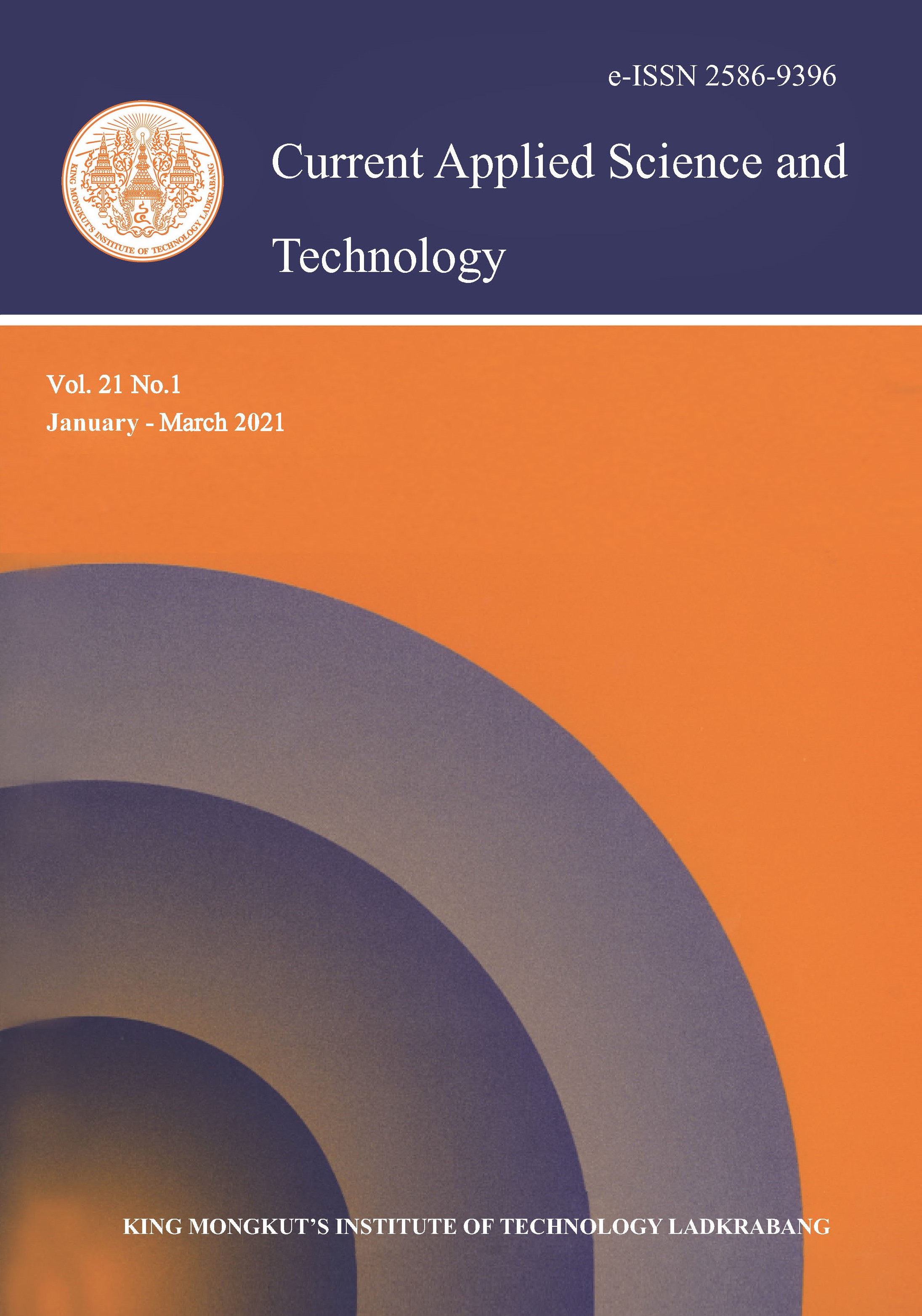Electroosmosis is generated by the relative displacement of an electrolytic fluid with respect to solid surfaces under application of an electric field. The induced flow can assist in drying wet porous materials such as masonry used in buildings. In this work, the effectiveness of electroosmotic water transport induced by the application of a constant voltage across a wet porous sample is studied. A quantitative evaluation of water content is then performed at three different positions of the sample using a capacitive sensor. From the measured capacitance, the change of the dielectric constant of the wet sample over time is deduced. A model is then used to estimate the water content from the dielectric constant of the sample. It is seen that under application of constant voltages, the water content of the wet porous sample at the position close to the positive electrode decreases drastically. However, the water content remains almost constant in the middle of the sample and at a position close to the negative electrode. The reason is that water is pushed from the positive electrode to the negative electrode under application of electric field. Therefore, the water content becomes almost saturated right after applying a voltage across the sample. The results suggest that the electroosmotic technique can be applied to the drying of wet walls of buildings, and to stone and earth masonry structures, especially in cases where traditional techniques have not been able to solve the problems. Additionally, it is shown that our use of capacitive sensors is a technique that could be used to monitor the water content in wet porous materials.
Keywords: rising damp; capillary; masonry; electroosmosis
*Corresponding author: E-mail:thanh_lud@tlu.edu.vn
Thanh*, L. D. undefined. ., Sprik, R. undefined. ., Do, P. V. undefined. ., Nghia, N. V. undefined. ., & Nga, P. T. undefined. T. . (2020). Drying of Fluid Saturated Porous Materials by Electroosmosis. CURRENT APPLIED SCIENCE AND TECHNOLOGY, 26-35.
